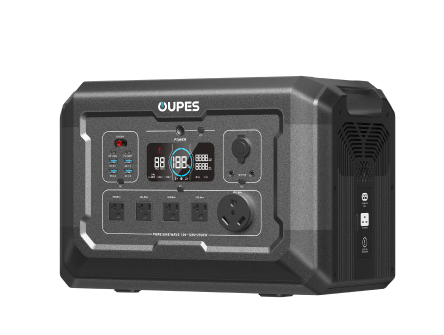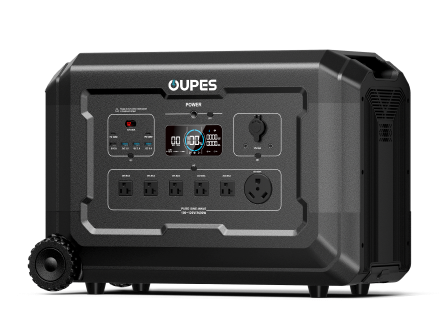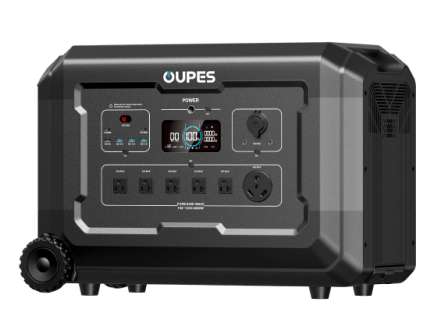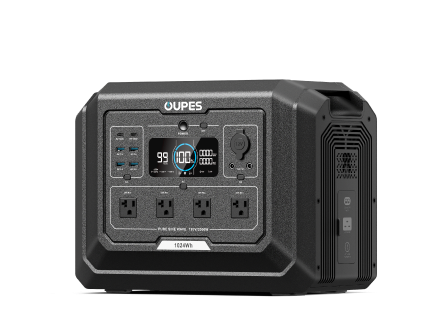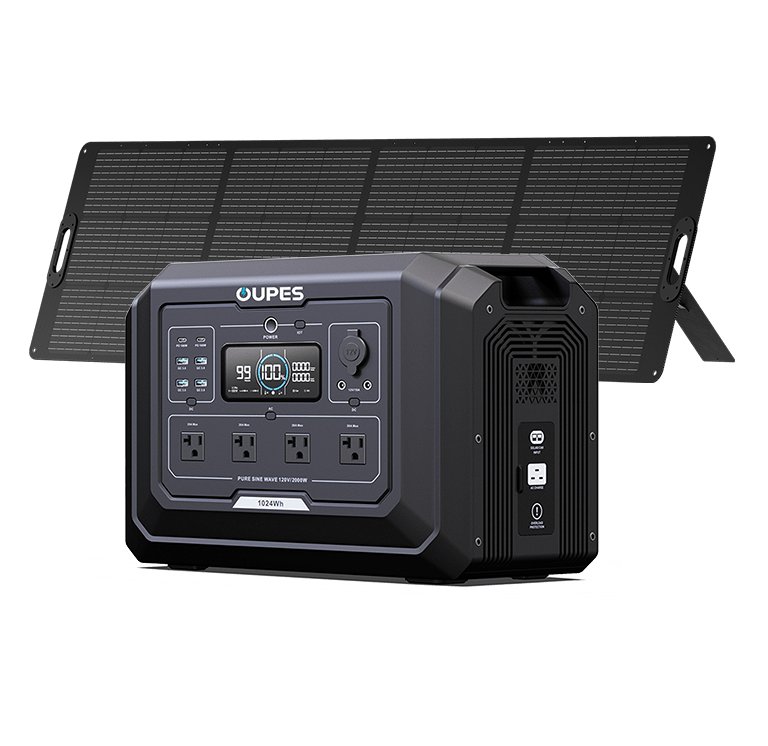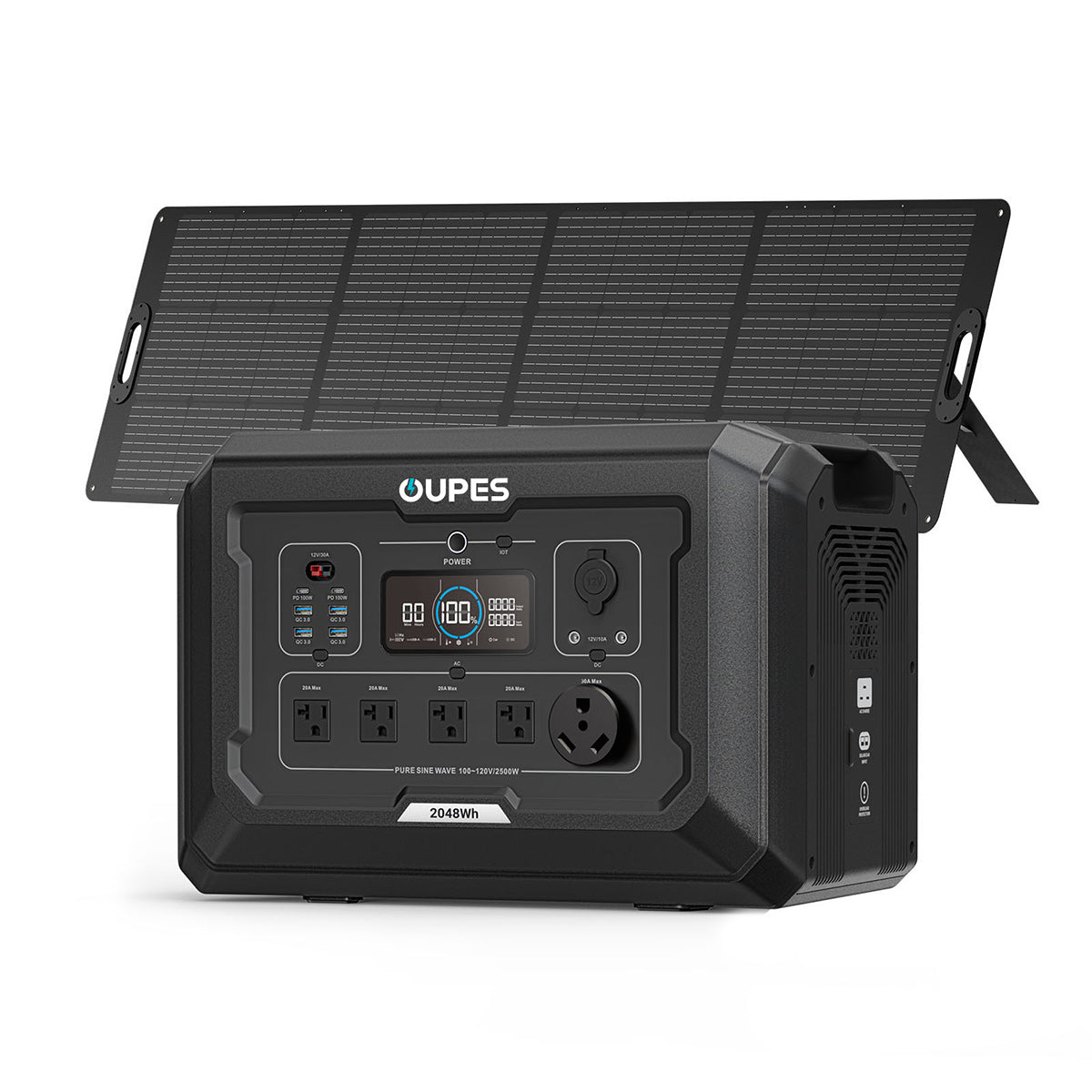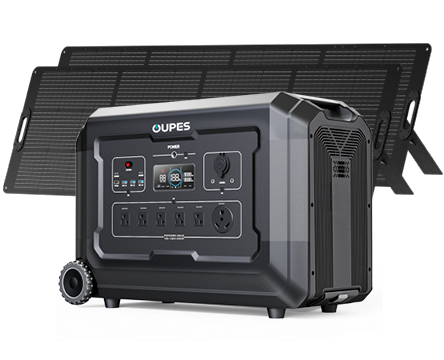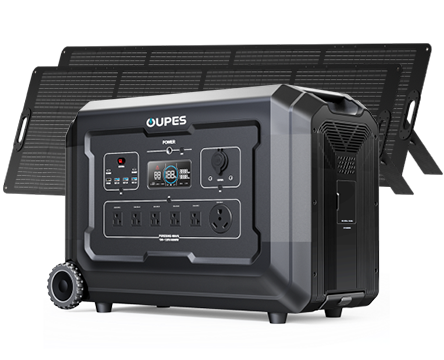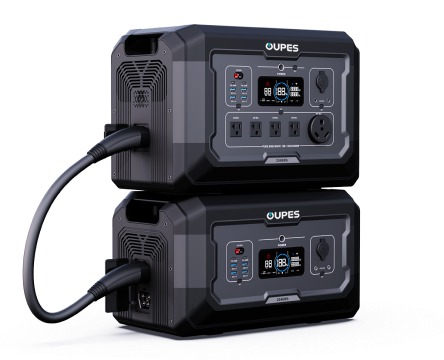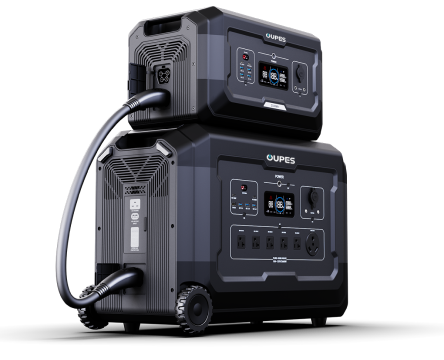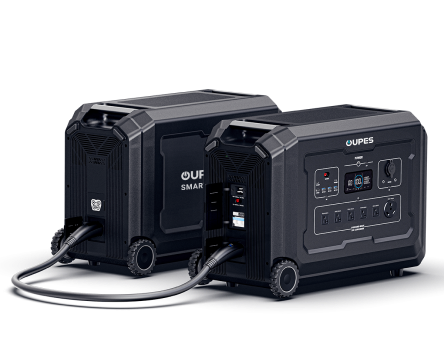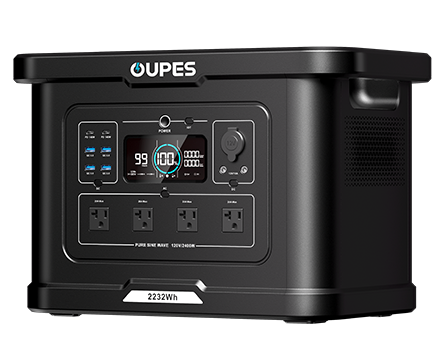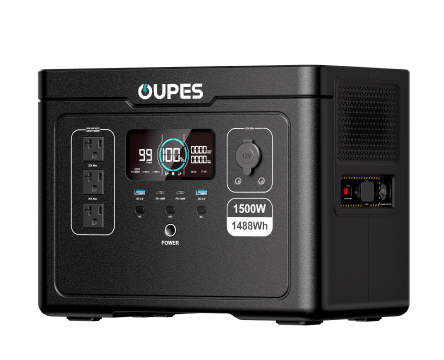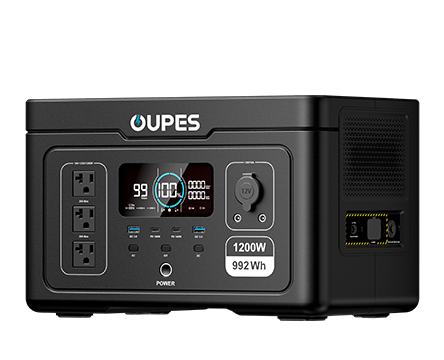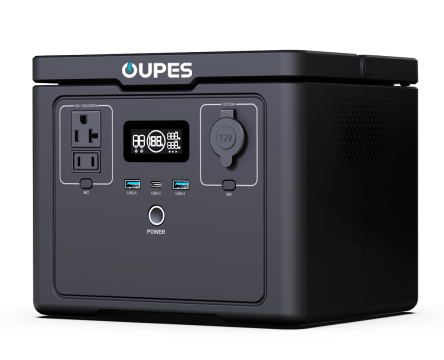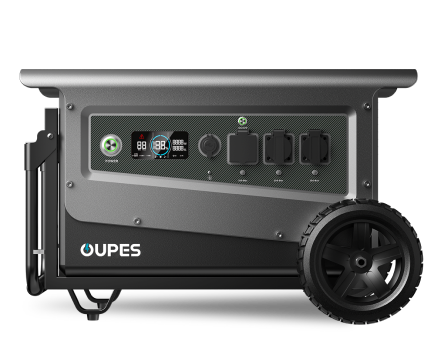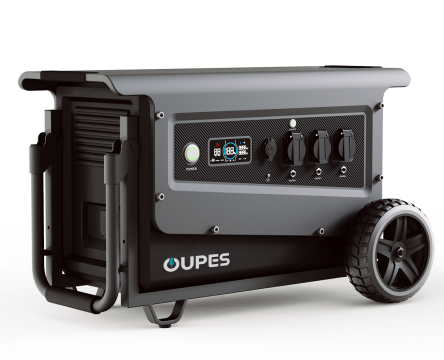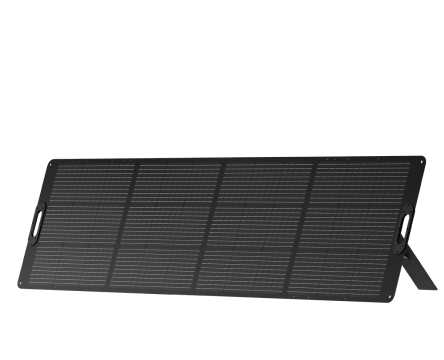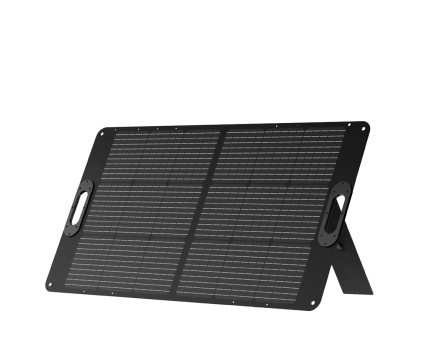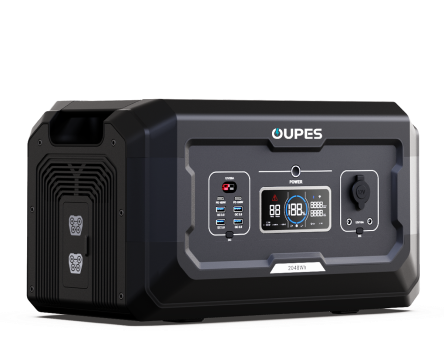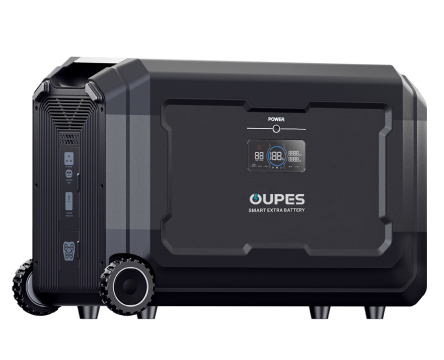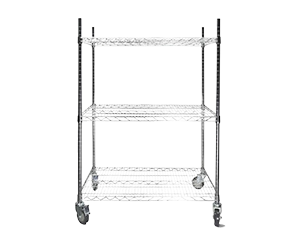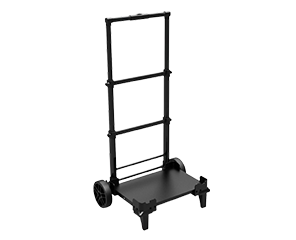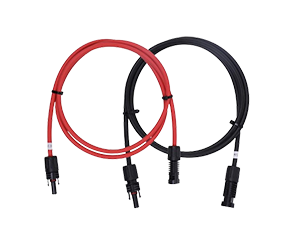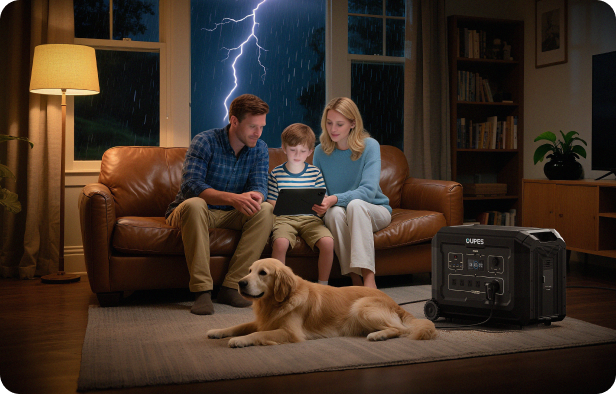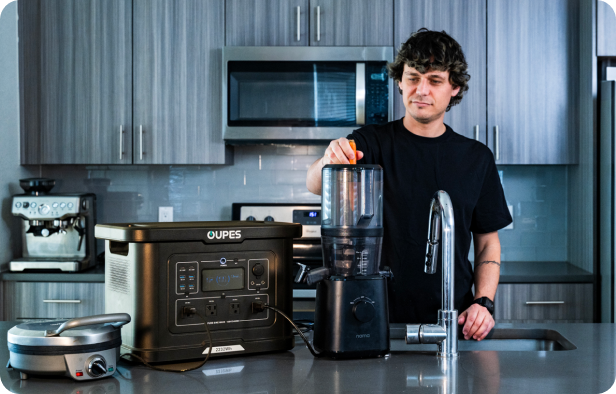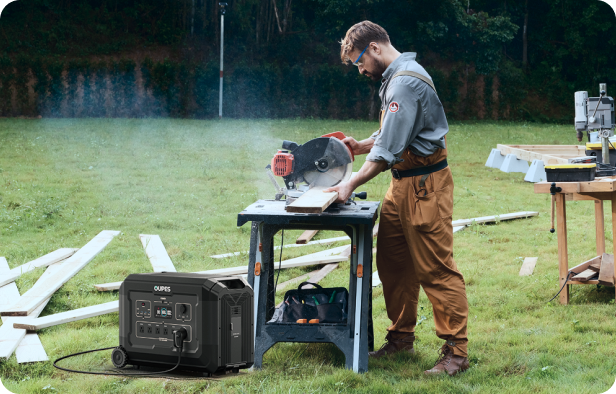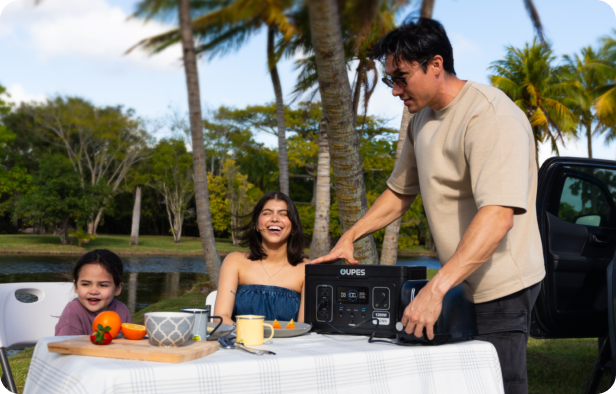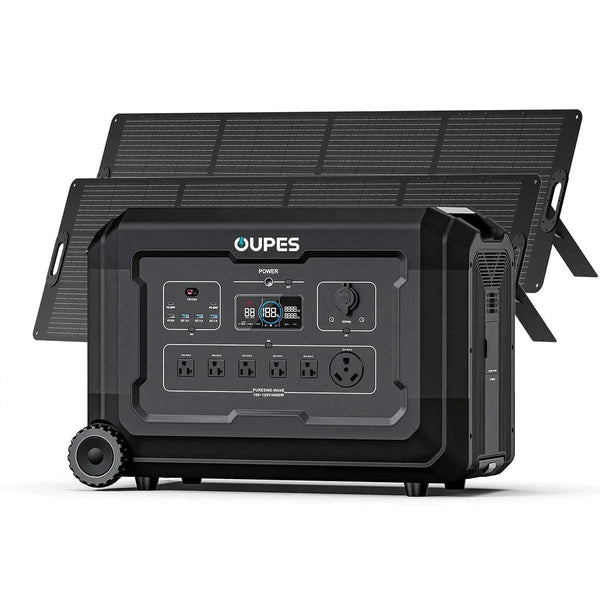
Table of Contents
- Introduction: Why Choosing the Right Power Station Matters
- Battery Capacity and Power Output
- Essential Features to Consider
- Scenarios: Matching Power Stations to Real-Life Needs
- Comparison of OUPES Portable Power Stations
- Tips for Selecting the Right Model
- FAQs
- Conclusion
Introduction: Why Choosing the Right Power Station Matters
Portable power stations have quickly become an essential part of modern life. From powering devices during camping trips to providing backup energy during storms, their flexibility and reliability make them invaluable. But with so many models available, how do you know what to look for in a portable power station? The right choice depends on your specific needs, such as capacity, portability, and features.
In this article, we'll walk through the most important aspects to evaluate when choosing a power station. We'll also show how OUPES' Exodus and Mega series meet different scenarios, offering reliable solutions for both outdoor enthusiasts and homeowners.
Battery Capacity and Power Output
The first thing to look for is capacity, measured in watt-hours (Wh). This tells you how much energy a unit can store. Power output, measured in watts (W), indicates how many and what type of devices it can run at once.
Battery Capacity
If you only need to charge small devices like smartphones and lights, a smaller unit like the OUPES Exodus 600 (256Wh) may suffice. For more demanding scenarios, such as running refrigerators or CPAP machines, consider mid-range models like the Exodus 1200 (992Wh). For whole-home or long-term backup, the OUPES Mega 5 with 5040Wh capacity is ideal.
Power Output
It's important to match output to your appliances. For example, laptops may only require 60–100W, but microwaves or power tools demand 1000W or more. OUPES stations range from 600W to 4000W continuous output, ensuring there's a solution for every scenario.
Essential Features to Consider
Beyond capacity and output, a portable power station's usability depends on its features. Here's what to consider:
Battery Chemistry
OUPES exclusively uses LiFePO4 batteries, which provide longer lifespans (3500+ cycles), better safety, and stability compared to other chemistries. This ensures your investment lasts for years with consistent performance.
Charging Options
Look for versatile charging inputs. OUPES stations support AC wall outlets, car chargers, and solar panels. Higher-end models even allow dual charging (AC + solar), cutting recharge times dramatically.
Output Ports
Multiple ports increase usability. Smaller units like the Exodus 600 offer 6 ports, while larger models like the Mega 5 provide up to 16. This allows simultaneous charging of phones, laptops, refrigerators, and more.
Portability
Depending on your lifestyle, weight and design are important. Lightweight models under 10 lbs are perfect for camping, while wheeled designs like the Mega 3 and Mega 5 make larger capacities manageable at home.
Smart Features
App integration allows remote monitoring of battery status, input/output, and even error codes. This simplifies usage, particularly for larger systems used in home backup scenarios.
Scenarios: Matching Power Stations to Real-Life Needs
The best power station for you depends on how and where you plan to use it. Here are a few common scenarios:
Emergency Home Backup
For households in storm-prone regions, a higher-capacity model ensures safety and comfort. The OUPES Mega 3 (3072Wh, 3600W output) can power refrigerators, medical equipment, and essential electronics during extended outages.
Camping and Outdoor Trips
When space and weight matter, compact units like the Exodus 600 are perfect. They can power lights, fans, and phones, making trips easier without relying on noisy generators.
RV and Off-Grid Living
For RV travelers or those living off-grid, expandability matters. The OUPES Mega 5, expandable up to 45.36kWh with extra batteries, provides independence and resilience. Pairing it with solar panels makes it a renewable solution for long-term use.
Professional Worksites
Contractors or outdoor workers need powerful outputs. A unit like the Mega 2 (2048Wh, 2500W output) ensures power tools run smoothly without interruption.
Comparison of OUPES Portable Power Stations
To help you make the right choice, here's a comparison table summarizing OUPES models:
| Model | Capacity | AC Output | Total Ports | Expandability | Best Use Case |
|---|---|---|---|---|---|
| Exodus 600 | 256Wh | 600W | 6 | No | Camping, small devices |
| Exodus 1200 | 992Wh | 1200W | 10 | No | Home emergencies, RV |
| Mega 1 | 1024Wh | 2000W | 13 | Expandable to 5120Wh | RV, family trips |
| Mega 2 | 2048Wh | 2500W | 15 | Expandable to 10.24kWh | Extended outages |
| Mega 3 | 3072Wh | 3600W | 16 | Expandable to 15.36kWh | Whole-home backup |
| Mega 5 | 5040Wh | 4000W | 16 | Expandable to 45.36kWh | Off-grid living |
Tips for Selecting the Right Model
Here are some actionable tips when shopping for a portable power station:
- Calculate your total device wattage needs before choosing a model.
- Consider portability if you plan to move the unit often.
- For emergency-prep, prioritize higher capacity and multiple outputs.
- For long-term independence, choose expandable models with solar compatibility.
- Ensure the unit includes safety features like BMS protection and pure sine wave output.
FAQs
What is the most important factor in choosing a portable power station?
Battery capacity and power output are the most critical, ensuring your devices can run for the required time.
Are OUPES power stations safe to use indoors?
Yes. They are emission-free, silent, and safe for home and medical device use.
Can OUPES stations charge while in use?
Yes. Pass-through charging allows the station to recharge while simultaneously powering devices.
Do I need solar panels for my station?
Not necessarily, but solar panels are a great addition for camping or off-grid living.
How long do OUPES power stations last?
With LiFePO4 batteries, they last up to 10 years with over 3500 cycles.
Which OUPES model is best for camping?
The Exodus 600 is lightweight and portable, perfect for outdoor trips.
Which OUPES model is best for whole-home backup?
The Mega 3 or Mega 5 provide large capacity and expandability for powering households during outages.
Conclusion
Choosing a portable power station comes down to understanding your needs. From small, lightweight models to heavy-duty expandable systems, OUPES provides reliable options for every lifestyle. Key factors like capacity, output, features, and expandability should guide your decision.
With OUPES' combination of LiFePO4 durability, versatile charging, and user-friendly designs, you'll find a power station that balances convenience, safety, and performance perfectly.

